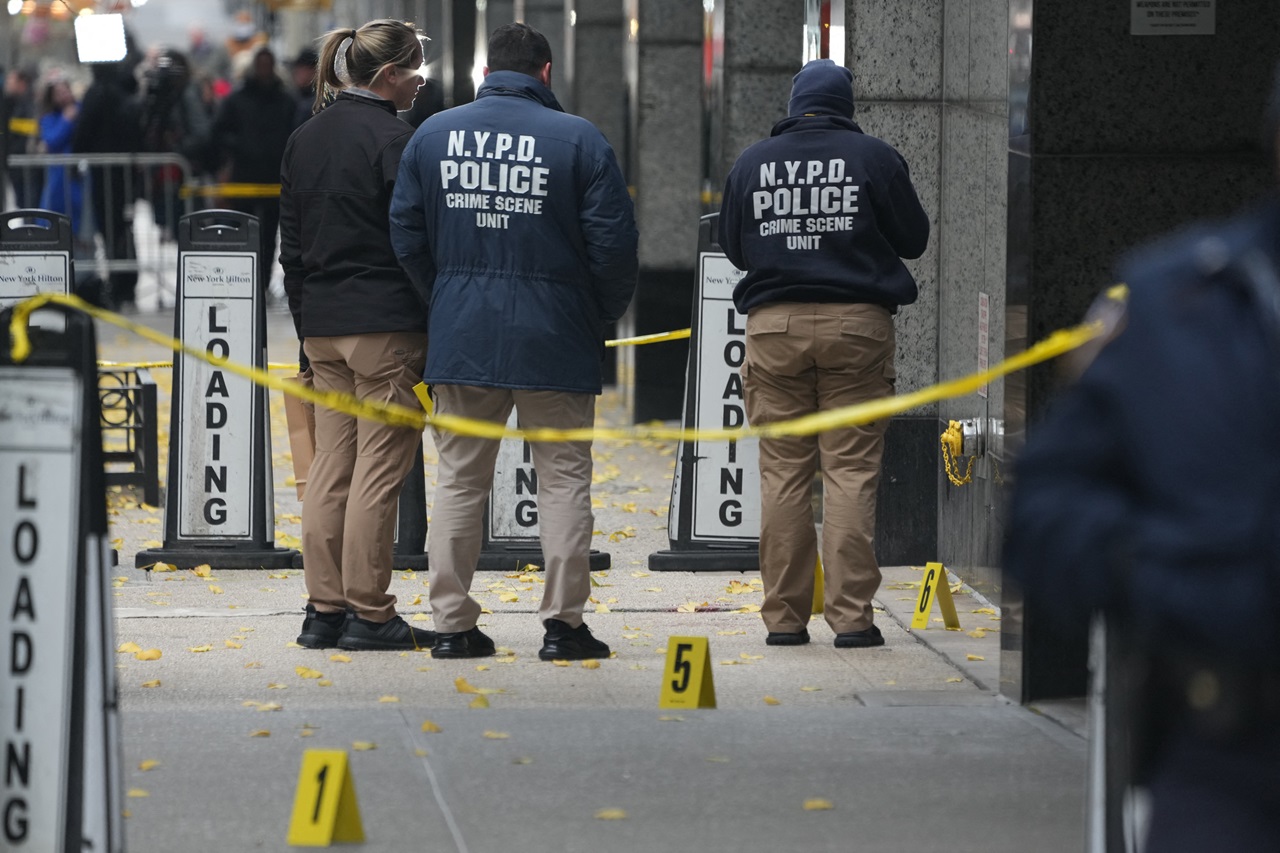
Is bipartisanship the true cause of the humanitarian crisis in detention centers?
The debate over the anti-immigrant policies of the Trump Administration and the Democratic struggle to regain control of the country have once again…
Pouring scorn on the Trump Administration's chaotic implementation of anti-immigrant policies is - at present - an exercise in futility. Denying the fact that this is the product of a deeper historical issue that has plagued the United States for decades would be irresponsible and wrong.
A report by the Department of Homeland Security (DHS) has finally laid bare a truth that has for years been championed by the media, human rights lawyers and a few legislators: there is a humanitarian crisis in immigration detention centers in the United States.
The agency’s watchdog said that since May the conditions in a detention center for undocumented immigrants in El Paso (Texas) were so bad that it was now "a time bomb,” debunking the Administration's denial of any wrongdoing.
The DHS acting secretary, Kevin McAleenan, told the media last Friday reports of poor conditions for migrants were “unsubstantiated,” according to NBC News. However, the detailed report of the department itself radically contradicts what the White House plots to make its citizens believe.
The desperation of the detainees subjected to long periods of confinement in groups exceeding "up to five times the capacity of the cells" has made the situation close to intolerable and the agents "have had to arm themselves for fear of possible riots," the document explains.
The report confirms what Democratic members of Congress denounced earlier this week after visiting two more centers at the border, where they discovered that officials told women to "drink water from the toilets."
Detainees have little or no access to showers, hygiene services, medical care or basic supplies, and are forced to sleep on the floor.
More than a year after the application of the government's zero tolerance policy, and after the constant attempts to strip asylum seekers from due process rights on U.S. soil, the situation has taken a turn for the grim.
No, it is not new. And here is why:
The United States will forever be stamped with the image of the Statue of Liberty and Ellis Island, a welcoming beacon to those tempest tossed, the one; an immigration inspection center, the other, used as for immigrants coming to America from 1892 until 1954.
In those more than 60 years, Ellis Island saw millions of newly arrived immigrants, many weighed down by parcels bearing their belongings and wearing their national dress, pass through its doors. It has been estimated that 40% of all current US citizens can trace at least one ancestor to Ellis Island.
Despite the fact that during the Depression the immigration rate was "below zero," according to the Center for Immigration Studies, the country's economic recovery was due in large part to the agricultural development programs promoted by the Bracero Program - totally manned by immigrants.
The persecution of President Ronald Reagan of undocumented Haitian immigrants and the search for a solution to prevent their arrival in the country by President George H.W. Bush resulted in the use of the Guantánamo base as a detention facility.
RELATED CONTENT
The creation of the Jordan Commission - named for its chairwoman Rep. Barbra Jordan - gave way to the strengthening of immigration statutes.
The Antiterrorism and Effective Death Penalty Act of 1996 transformed detention into the first port of call for an immigration policy of the U.S. government against undocumented immigration, regardless of the political party that was in control of the White House.
By 2008, there were 230,000 detainees in the country, three times the number of detainees in 1999.
While this number has grown exponentially, violations of human rights, and especially the Sixth Amendment to the Constitution, have always been a reality.
A 2009 Human Rights Watch report denounced that the medical care system in immigrant detention centers in the United States was "dangerously inadequate.”
"Women in detention described violations such as shackling pregnant detainees or failing to follow up on signs of breast and cervical cancer, as well as basic affronts to their dignity," said Meghan Rhoad, a researcher in the women's rights division at Human Rights Watch. "Because immigration detention is the fastest-growing form of incarceration in the United States, these abuses are especially dangerous. They remain largely hidden from public scrutiny or effective oversight."
That is to say that this is a time bomb that has been ticking for many years now.
While it is true that the situation since the Trump inauguration is drastically different - his distance from political correctness and his instigation to violence have unmasked the scope of these practices - the responsibility rests in the hands of a system whose rot has been hibernating for years.











LEAVE A COMMENT:
Join the discussion! Leave a comment.